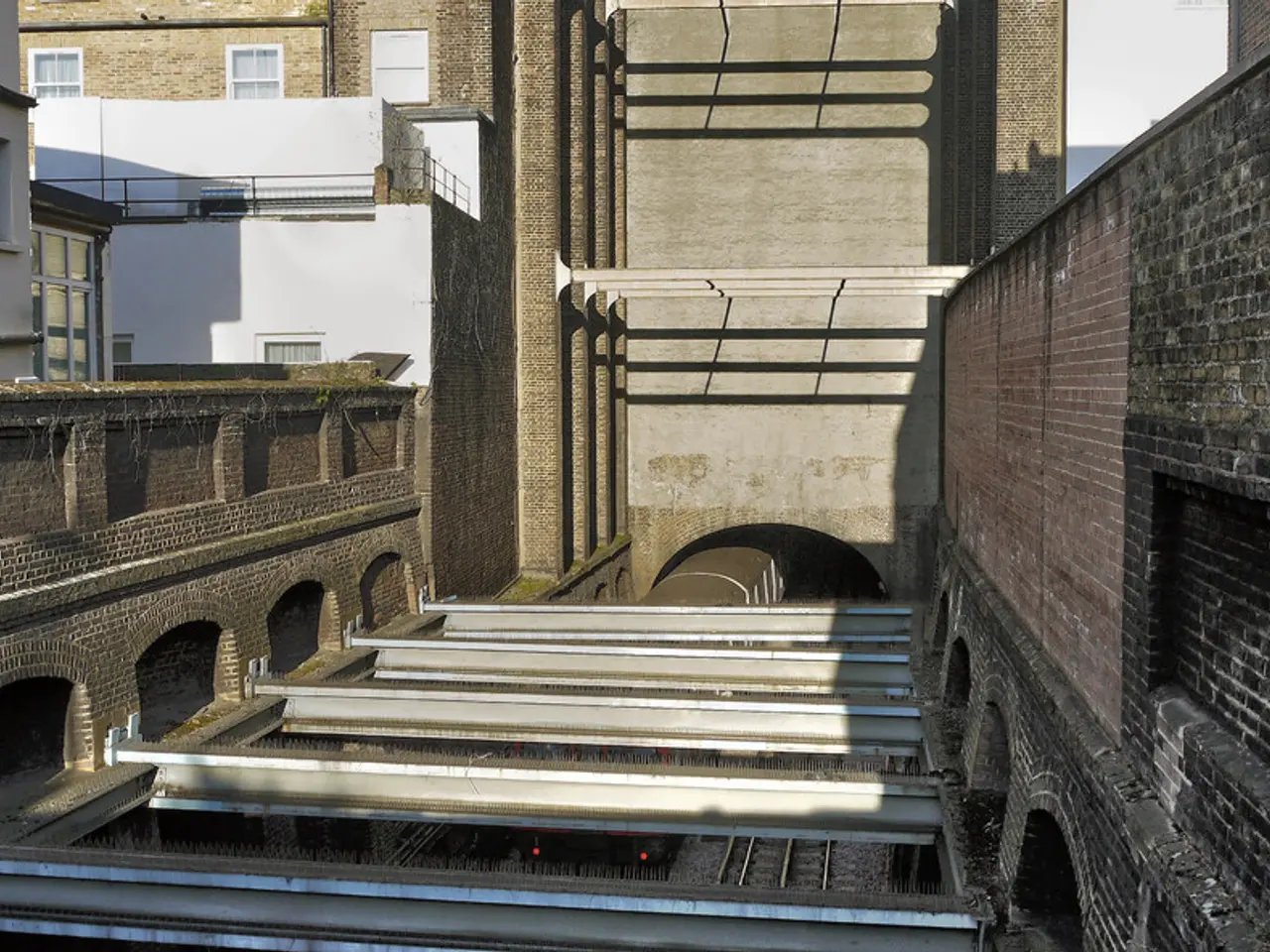Berlin's Stettin Tunnel Hides Unspoken Chapters of its Past
The Stettiner Tunnel, a historic pedestrian tunnel in Berlin-Mitte, is set to be opened to the public for the first time on September 13, 2025, during the Day of Open Monuments. This 180-meter long and around four-meter wide tunnel has been added to the list of historic monuments and is set to become a new building block of Berlin's memory culture.
Originally designed as a pedestrian tunnel, the Stettiner Tunnel was begun in 1895 and opened in 1897, connecting Berlin's railway engineering with a rare witness to German railway history. The tunnel impressively demonstrates how even seemingly inconspicuous infrastructure buildings can tell a complex and multi-layered history.
With the construction of the Berlin Wall, the Stettiner Tunnel was integrated into the system of border installations. It was closed and partially filled in after World War II due to its location in the border area between East and West Berlin. However, it remains as one of the few remaining witnesses to the Stettiner Bahnhof, once a major railway station in Berlin.
The organization responsible for the restoration of the Stettiner Tunnel is the Landesdenkmalamt Berlin (Berlin State Monument Office), and the restoration is planned to begin in 2025. The Berliner Unterwelten e.V., an organization dedicated to preserving and making Berlin's underground history accessible to the public, has been responsible for the restoration of the Stettiner Tunnel since 2024. They are working closely with the State Heritage Office to preserve and make the tunnel accessible to the public again.
The full reconstruction of the historic tunnel portal is planned to restore the structure to its original appearance. Regular guided tours will be offered, allowing visitors to directly trace the history of the Stettiner Tunnel. From its role in the city's railway history to its significance during the division of Berlin, the tunnel is not only understood as a traffic and architectural monument, but also as a place where the political history of the city remains tangibly present.
Moreover, the archaeological window on Gartenstraße reveals a fascinating aspect of the Stettiner Tunnel's history. In March 1963, a spectacular escape took place there, offering a glimpse into the escape history of the tunnel. The Stettiner Tunnel, therefore, connects memories of war, division, and reunification.
With monument protection, it is ensured that the Stettiner Tunnel is preserved permanently. The opening of the Stettiner Tunnel to the public in 2025 is a significant step towards making Berlin's rich history more accessible and engaging for locals and tourists alike. The Stettiner Tunnel is set to become a new building block of Berlin's memory culture, offering insights into the city's past and reminding us of its resilience and enduring spirit.
Read also:
- ICE directed to enhance detention conditions following NYC immigrants' allegations of maltreatment
- Israeli finance minister issues warnings about potential annexation of West Bank territories
- United States faces rebuttal from South Africa over allegedly deceitful human rights report and assertions of land expropriation
- Accident at Rodalben Results in Injuries; Geoskop Area near Kusel Affected After Stormy Weather







